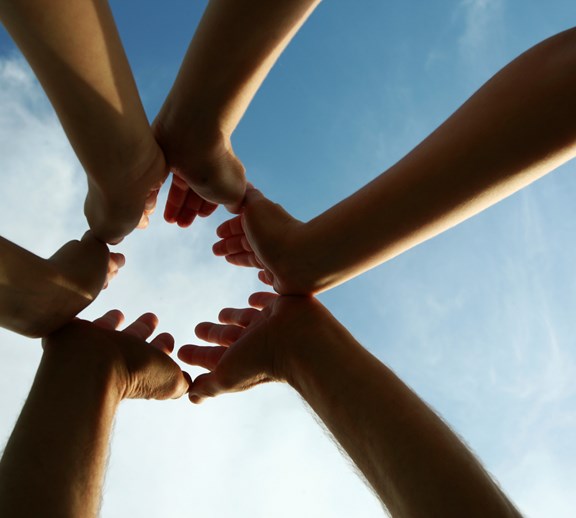Experiential Marketing
Scroll Down
Experiential marketing is a form of advertising that focuses on helping consumers experience a brand. The premise is to create a closer bond between the consumer and the brand by immersing them in a fun and memorable experience. If a brand event stirs genuine positive emotions within people then they are more likely to associate those emotions with that brand, which is more effective than just showing them a Facebook ad.
Nowadays, consumers are suffering from information overload. With so many messages and so little time, the competition to stand out is challenging. Attention spans are shortening and consumers have more control than ever.
When it comes to BI Worldwide(BIW)’s experiential marketing philosophy, we combine the best of on-site engagement marketing, content capture and social amplification. By blending the latest cultural trends with cutting edge technology, we help brands inspire individuals with engaging experiences—turning casual observers into big time fans of your brand. These fans seek out your brand, ask for it by name and love sharing it with others.
We always start by clearly defining your unique goals. Our unparalleled approach to insights and analytics means you get a super-powered experiential marketing strategy designed to elicit the results you want. Here’s what a better process looks like:
- Client goals and objectives: we establish the purpose of the project, define success and relevant metrics.
- Insights: We define the target audience, review market research data and identify unique opportunities.
- Strategy development: We leverage audience research to identify key alliances and partnerships.
- Creative design solutions: We work to refine our approach and align resources to create a collaborative and strategic experience.
- Effective delivery solutions: The vision comes together with the help of highly specialized talent in a full-service agency experience.
- Business results: We deliver real business results by reporting key metrics and analysis built around the project.
Looking for a competitive advantage? You found it.
Learn more about The New Rules of Engagement.

Icebreakers that allow attendees to meet in a structured manner, smart use of social media, and conversation-sparking menus can ease stress at events for those who don’t like to mingle.
Reticence can also be a cultural issue, and that can especially be true in Asia. Introverts and other meeting attendees who shudder at the thought of approaching a stranger are likely to be more relaxed when they recognize a friend or when someone is willing to listen to them.
A round-table seating plan is suggested, to contain networking within a certain range and a set number of people. An icebreaker activity before the event can also help but not cocktails or standing buffets as this setup won’t encourage people to open up and could leave them “stranded.”
Many events publish agendas and even attendee lists in advance, that can help people overcome shyness or a reluctance to network. Looking through this list helps attendees determine the people who they want to meet, icebreakers can browse LinkedIn feeds to find shared interests which can use as talking points in person.
It’s also a good idea to look through presentation and discussion topics on agendas and do some research. Having talking points and questions prepared beforehand will come in handy when the conversation wanes.
Another way of doing this is via button badges that highlight individuals’ characteristics, such as “loves a good book.”
Organized “chat zones” that direct individuals to areas where they can interact with others through activities can also prove successful.
For example, “how to taste wine?” attracts more people’s attention, that is easier to start a conversation.
The key to boosting networking at events is to ensure there are sufficient interactive activities and icebreakers at various points in a programme to encourage connections and conversations.
All-time favorites like tasting stations, gaming, or DIY stations go a long way to getting individuals participating and feeling more engaged.










